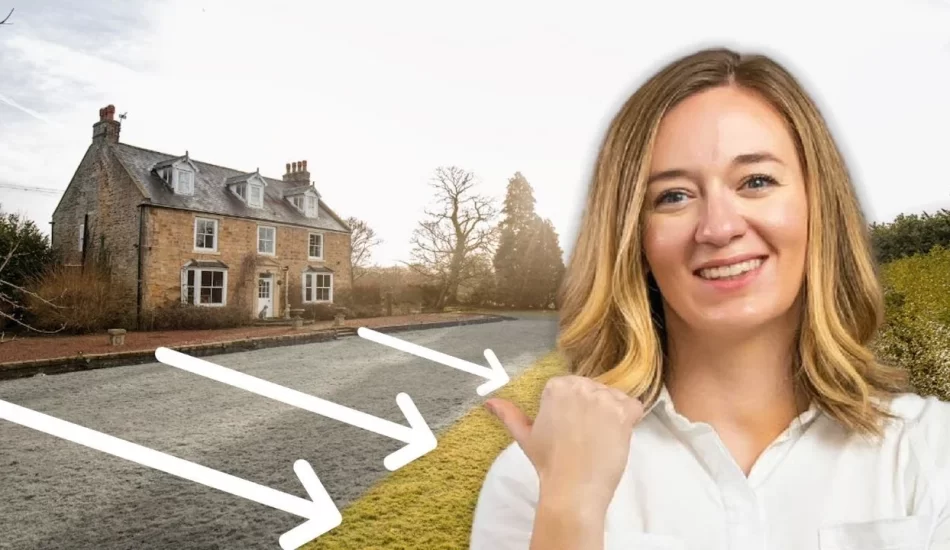|
|
Last Modified on May 26, 2023
When it comes to real estate, owning a lot doesn’t necessarily mean you can build on every inch of it. This is due to the concept of setbacks, which dictate how far a structure must be positioned from the property boundaries. In this blog post, we’ll delve into the world of property setbacks, exploring what they are, why they exist, and the potential consequences of setback violations.
What is a Setback?
Setbacks refer to the required minimum distance between a building or structure and the property lines. By creating designated areas where construction is prohibited, setbacks ensure there is adequate space between neighboring properties. For example, setbacks may mandate a minimum of ten feet from the side, fifteen feet from the front, and rear of a lot. It’s important to note that setback regulations can vary based on the specific lot and its zoning.
To determine the setbacks for a property, one can consult various sources such as plats, covenants, conditions and restrictions (CC&Rs), deeds, or zoning regulations. These documents outline the specific setback distances for each property, helping property owners understand where they are permitted to build.
Why do Setbacks Exist?
Setbacks serve several crucial purposes within communities. Firstly, they promote a common development scheme, ensuring a visually consistent neighborhood appearance. By preventing haphazard construction, setbacks contribute to the overall attractiveness and harmony of residential areas. This standardization creates a sense of predictability and enhances property values.
Secondly, setbacks facilitate the installation and maintenance of utilities. By having designated spaces free from construction, utility providers can access and run essential services such as electricity, water, and telecommunications lines. These utility easements within setbacks help ensure the efficient delivery of services to each property.
Violations
When property owners fail to adhere to setback regulations, they face setback violations. Violations can occur in varying degrees, from minor encroachments to more significant deviations from the setback requirements. Consequences for setback violations can range from corrective measures to legal action.
If a violation is identified, the property owner may be required to bring the structure into compliance by rebuilding or making necessary adjustments. In some cases, seeking a variance may provide relief from strict adherence to setback regulations. A variance is a discretionary exception granted by the zoning authority when specific requirements are met.
If obtaining a variance is not possible or viable, property owners may need to seek legal recourse through a declaratory judgment. This legal action involves requesting a court to rule on the permissibility of the structure’s location or seeking resolution from any party responsible for the setback violation, such as the builder.
Property setbacks play a vital role in maintaining a cohesive and visually appealing community while facilitating the provision of essential utilities. Understanding setbacks and their significance is crucial for property owners, ensuring compliance with regulations and avoiding setback violations. By familiarizing themselves with the applicable setback requirements, property owners can make informed decisions about construction and protect their investments in real estate.





